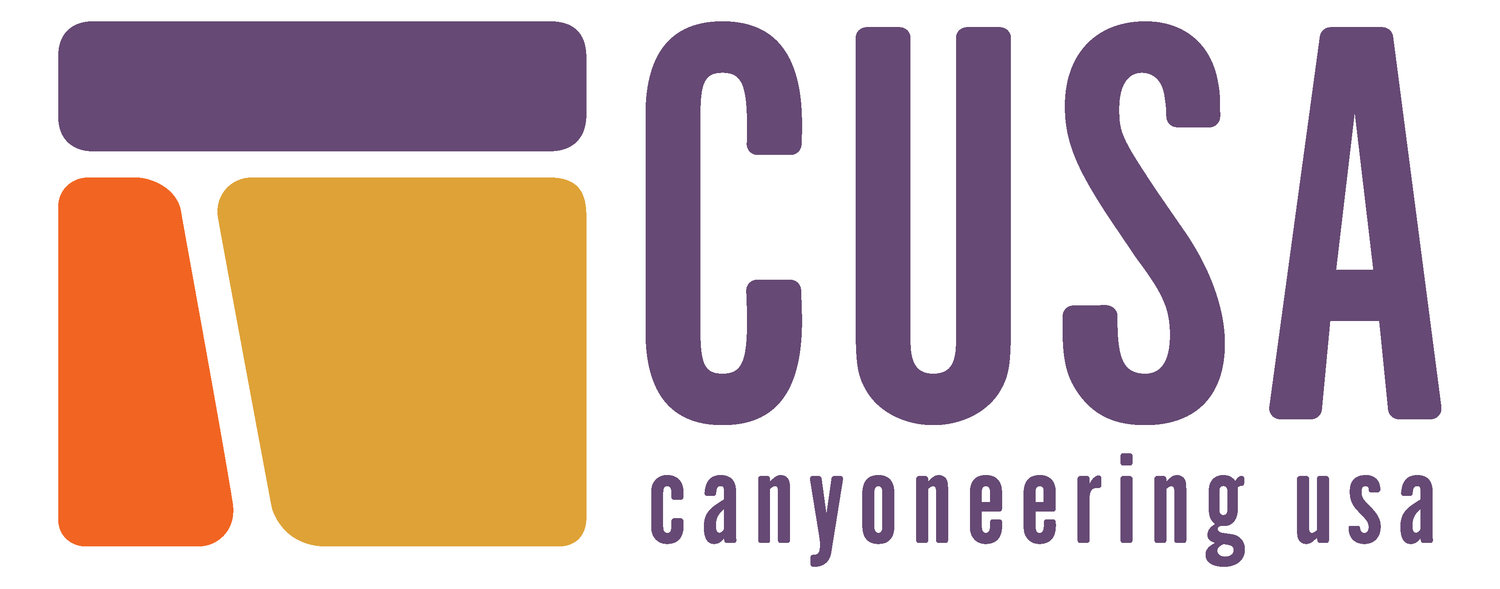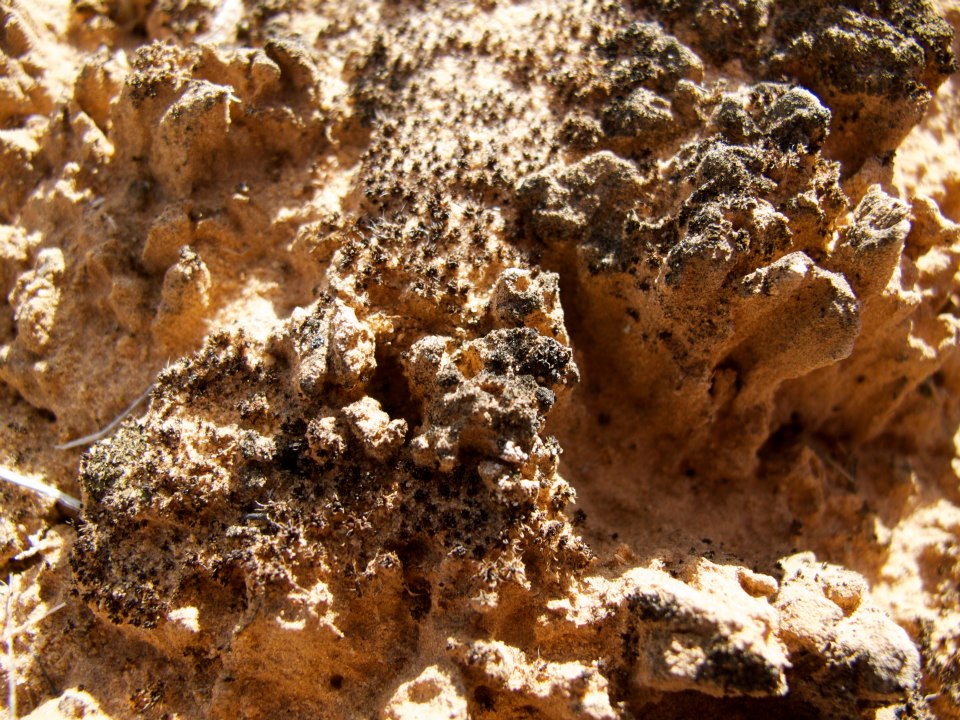
Step lightly.
Many years ago, there seemed to be plenty of land, plenty of canyons and very few people.
These days, canyon resources are quite limited, and we should all do our part to preserve them. Why? Well, it's part of "Playing Well With Others," what may be called socialization. Or getting along. Or not being a selfish bastard.
A big part of this is learning and using minimum impact travel techniques. The basic premise is to put in the effort and awareness required to produce as little impact as possible, as you travel across the landscape. The desert is fragile, shows signs of wear quickly, and heals very slowly. While in the canyons we often travel on hardened or oft-refreshed surfaces where we naturally have little or no impact. Let us also produce a minimum impact when crossing the desert to get to canyons or our vehicles.
Minimum Impact
Driving & Parking
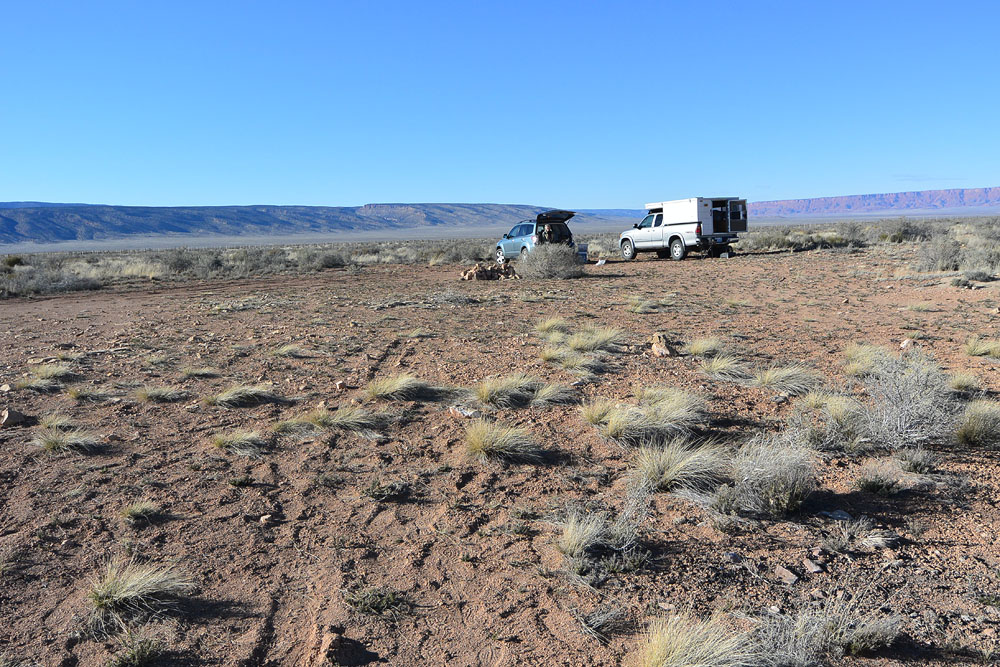
I'm not going to woo you out of your big, fat, gas-guzzling SUV here, but consider that an impact too. Carpool when you can. Plan your trips. Minimize your consumption.
There are places designated and commonly used for driving and parking. Use these, don't drive across the desert. In many places, there are "tracks" across the desert that are in the process of returning to a natural state. Let them do so; don't drive on tracks. If it is not an established driving route, it is a good place for you to hike, but not drive.
Park in places that have already been parked in. Creating new parking places, flattening vegetation and generally having your way with the desert is bad form appropriate to cretins only. Stay on the stuff that has already been messed up. You might have to walk a little further, but... that's kind of what you are here for, right?
Minimum Impact
Hiking in the Desert
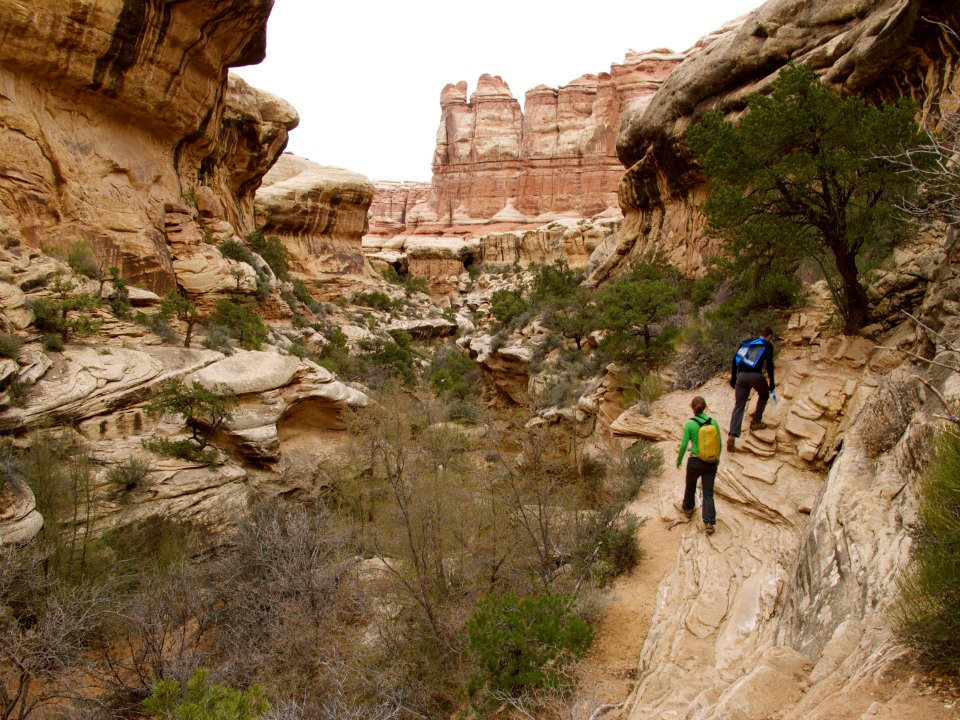
Don't bust the crust!
It used to be "take nothing but pictures, leave nothing but footprints", but this has been obsolete for many years. Now, we try to leave as few footprints as possible, too, since they are erosive, mess up the soil and intrude upon the wilderness character and the experience of others. Plan your route to follow old roads and tracks, established trails and hardened surfaces. Walk in washes and on slickrock whenever possible.
Slow soil
Cryptobiotic soil takes decades to recolonize; damage done will last a long time.
Cryptobiotic Soil is cool stuff, and important to the desert ecosystem. It forms a black, castle-like crust, a conglomeration of algae, fungi and moss. It is an important barrier to direct erosion, and is one of the only things in the desert that fixes nitrogen, transforming the sand into soil. Huge expanses of Cryptosoil have been destroyed by roaming cattle out here, so the remaining Crypto is even more important to the ecosystem.
Don't walk on it. Go a LONG way out of your way to avoid chewing up our friend the Crypto. Walk on slickrock when available, and stay in the micro-washes between patches of Crypto. Use established paths, when present. If you have to walk ON the Crypto, put the smallest person in front, and have them take the biggest steps they can. Follow each other single-file, and step in the footsteps. Stepping on rocks, plants and logs is better than stepping on the Crypto. Create a path with as few footprints in the Crypto as possible.
Minimum Impact
Camping
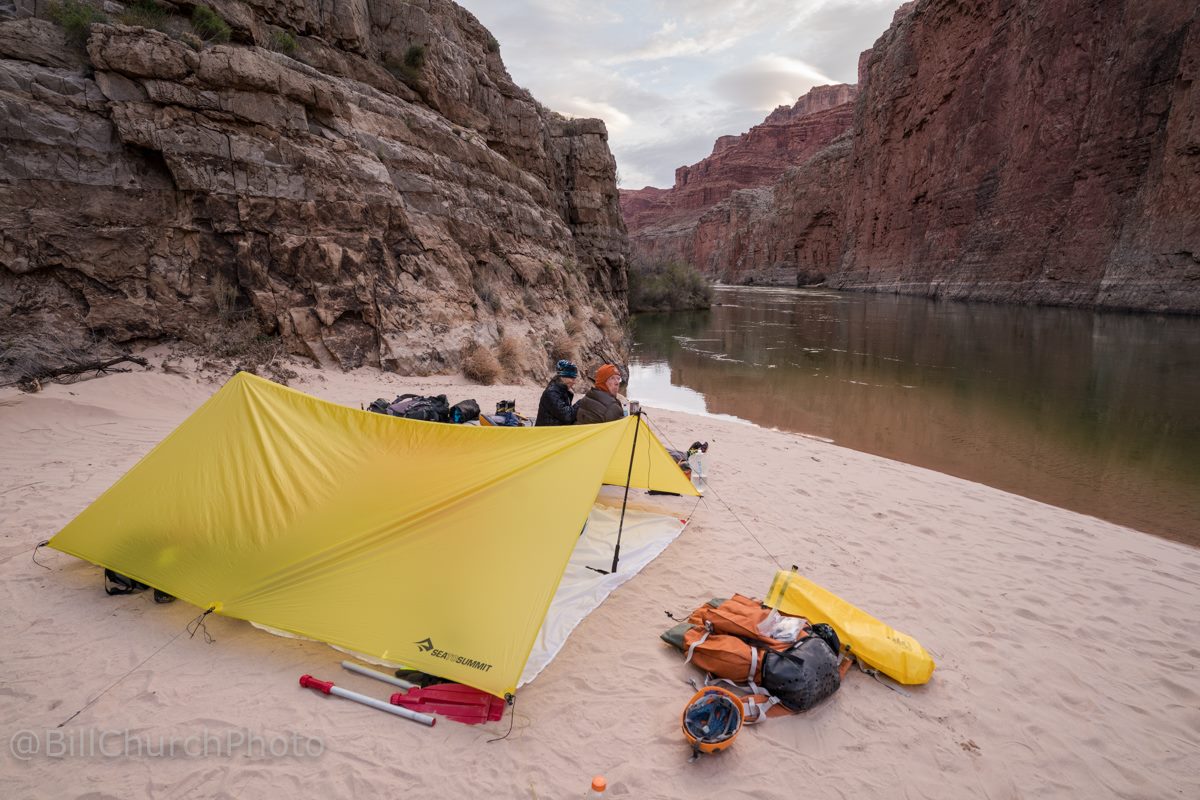
Take the time to thoughtfully camp.
Most of the routes here are day-routes, so camping in the canyons does not come up that often. When you DO camp in the canyons, apply minimum impact techniques. Choose a previously established campsite, or one that will show zero to very little impact from your stay. Personally, I like camping on slickrock; it doesn't put holes in my sleeping bag and I don't have to think about hurting it. Consider other impacts you or your group will have, such as the 20 trips to the water source most people make when camping. Choose a place where a hardened trail to the water source is available, or carry extra water containers so many trips to the spring are unnecessary.
When camping where water is short, camp away from the actual water source. Wildlife needs access to water at night, and critters will be spooked if you park your snoring butt down too close to the pool. Be polite, and camp 100 yards or more from a wildlife watering spot.
In areas where you expect other hikers and campers, camp out of sight and sound of other campers and the trail. People enjoy their wilderness experience more when uncrowded by other groups.
Minimum Impact
Pissing & Pooping

Yep, really. We're going there.
Your Poop Stinks! Your poop and toilet paper are one of the worst things you can leave in a canyon. So don’t. Make an effort to do your daily duty in the morning, before the start of the hike. If you must go in the canyon, pick a spot with lots of vegetation, as far from the normal line of travel, and as far from the watercourse, as possible. Dig a shallow cathole in the sand, do your business, cover with sand, then cover that with a large rock. Carry a Ziploc bag and pack out your used toilet paper. On overnight trips in Zion, get a RestStop poop bag from the Backcountry Desk, buy them from here, or carry a sturdy Tupperware-type container to pack out your poop in. Some people take Immodium and shut down their system for a day or two.
Your pee also stinks, and deserves some of the same consideration. In the canyon environment, people travelling the canyon often stop in the same places. Don't pee here - walk off to the side and put it in a place where people are unlikely to travel. If there is flowing water, pee directly into the stream. In the low-percipitation environment of Utah, the smell of pee can persist for years. Manage your excretion so I don't have to smell it next time I'm in that canyon.
Minimum Impact
Traveling in Technical Canyons
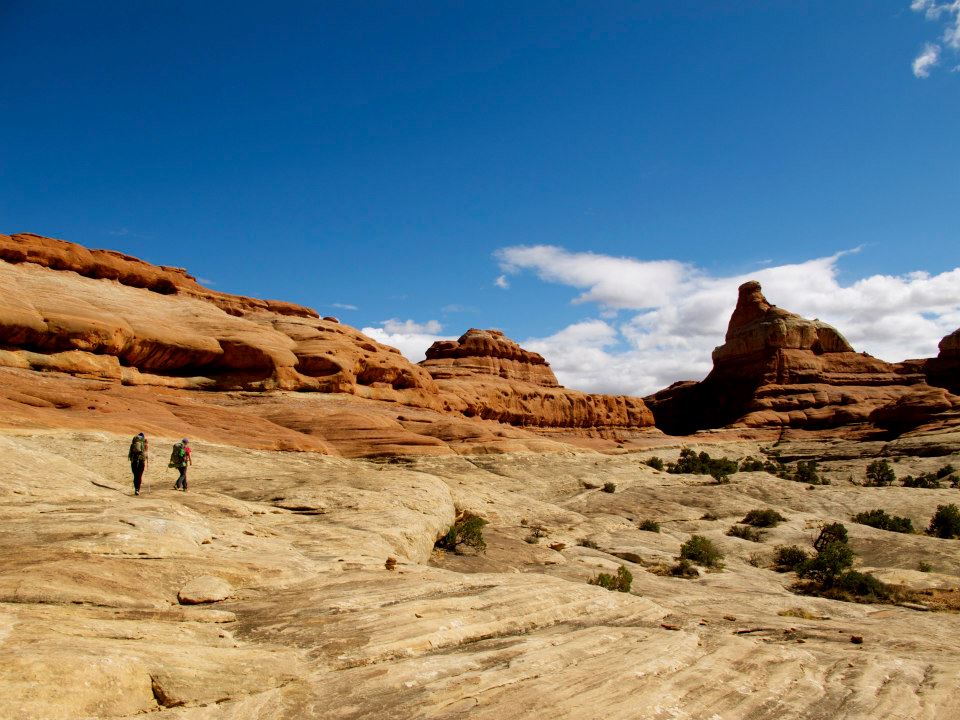
Techniques for technical routes
When actually in the canyon, we generally travel on slickrock or in washes refreshed regularly by floods. And sometimes not. We can and should minimize our impacts. Some pointers:
Traveling in style
It's good canyoneering style to travel with minimum impact in technical canyons. Be stylish, leave no trace!
Stay in the Watercourse. Traveling IN the watercourse tends to have zero impact, as the watercourse is often slickrock or sand and gravel. Taking side-paths to avoid small drops has an enormous impact and should be avoided religiously. Figure out how to deal with obstacles directly, rather than running off into the woods any time a difficulty presents itself. We are Canyoneers, not rim-aneers. Plus, staying in the watercourse is more fun..
Don’t Bolt. Utah's canyons have quite a passel of bolts already and do not need more. If you come to a drop you think needs a bolt anchor, look around, open your mind and figure out another way. If the canyon is on this site, it is well-trodden and thousands have done it before without adding a bolt at that spot. Think.
Don’t Leave Stuff. Slings and fixed ropes are litter, pure and simple. Leave only as much sling as is consistent with safe canyoneering. For example, you may think leaving a rope fixed across the traverse at Zion's Mystery Springs is a public service... it is not. Parties can establish their own safety line across the 3rd class traverse if they wish. Lines left in place are litter and should be removed and packed out.
Watch Your Step. Pay attention to where you walk. Stay on established trails, or walk on zero-impact surfaces like slickrock or sand and gravel. When following social trails (trails made by the passage of people, rather than by deliberate trail building), stay on the main trail to minimize proliferation. Walk single file rather than side by side. When given the choice, follow the edge of the stream rather than taking a side-trail climbing over a hill.
Social Impacts Count. Don’t rain on other people’s wilderness experience. Respect other parties' right to solitude; give them space to descend the canyon without you breathing down their necks. Invite faster parties to pass. Create separation between parties by speeding up or slowing down, or by taking a break to let the other party get well ahead.
Travel in Small Groups. Large groups tend to have significantly more physical impacts per person than small groups, and have a greater impact on other people’s feeling of solitude. Limit yourself to parties of six or less. If need be, split into two groups and start an hour apart. In small groups, people tend to appreciate the canyon more. In large groups, they tend to appreciate each other. Nothing wrong with that, but there are more appropriate places for a party than in wilderness canyons.
More minimum impact resources
There's plenty of information out there about how to hike and travel in the desert. For those of you not from 'round here, here are a few other links:
Leave No Trace Center for Outdoor Ethics (National organization promoting minimum impact practices)
